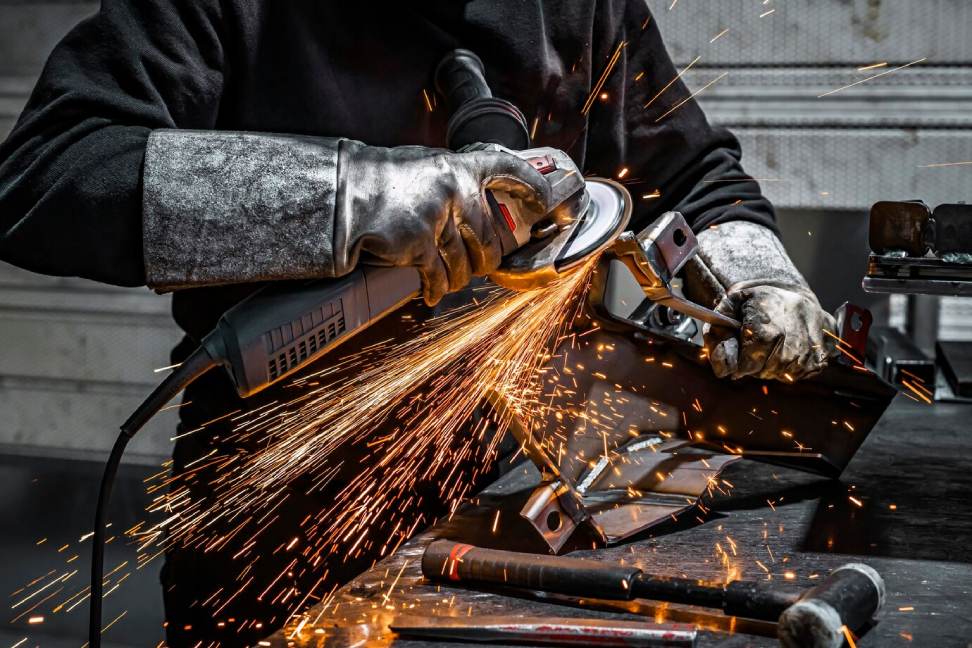In the realm of manufacturing, die casting china stands out as a prominent method for producing intricate metal parts with precision and efficiency. And when it comes to die casting, China emerges as a global leader, renowned for its expertise, advanced technology, and cost-effective solutions. This article delves into the world of die casting in China, highlighting its significance, processes, market trends, and the pivotal role of molds in shaping this industry.
Understanding Die Casting
Die casting is a manufacturing process that involves injecting molten metal into a steel mold, or die, under high pressure. This results in the formation of complex shapes with exceptional accuracy and surface finish. The process is widely used across various industries, including automotive, aerospace, electronics, and consumer goods, due to its ability to produce parts with tight tolerances and excellent mechanical properties.
The Rise of Die Casting in China
China has emerged as a powerhouse in the global die casting industry over the past few decades. The country’s robust manufacturing infrastructure, skilled workforce, and competitive pricing have made it a preferred destination for die casting services worldwide. Chinese die casting companies cater to a diverse range of clients, from small-scale businesses to multinational corporations, offering customized solutions tailored to specific requirements.
Factors Driving the Success of Die Casting in China
Several factors contribute to China’s dominance in the die casting market:
- Cost-Effectiveness: Chinese die casting companies benefit from lower labor costs and economies of scale, allowing them to offer competitive pricing without compromising on quality.
- Technological Advancements: China has made significant investments in advanced die casting technology, including high-pressure die casting (HPDC), vacuum die casting, and precision die casting, enabling manufacturers to achieve superior results with greater efficiency.
- Skilled Workforce: The abundance of skilled labor in China ensures smooth operations and consistent quality control throughout the die casting process, from mold design to post-processing.
- Diverse Material Options: Chinese die casting companies work with a wide range of metals and alloys, including aluminum, zinc, magnesium, and copper, offering versatility in product development and design.
- Strong Supply Chain: China’s robust supply chain network ensures timely procurement of raw materials, tooling components, and ancillary services, facilitating seamless production processes and quick turnaround times.
Importance of Molds in Die Casting
Molds play a crucial role in the die casting process, serving as the primary tool for shaping molten metal into desired forms. In China, mold manufacturing is a specialized industry that complements the die casting sector. Chinese mold makers are renowned for their expertise in producing high-quality, precision molds that meet the stringent requirements of die casting applications.
Key Considerations in Mold Design and Manufacturing
Effective mold design and manufacturing are essential for achieving optimal results in die casting. Some key considerations include:
- Material Selection: Choosing the right china mold material is critical for durability, thermal conductivity, and resistance to wear and corrosion. Common materials used for die casting molds include tool steel, H13 steel, and pre-hardened steel.
- Cooling System Design: Proper cooling system design helps regulate the temperature of the mold during the casting process, minimizing cycle times and ensuring consistent part quality.
- Surface Finish: The surface finish of the mold impacts the final appearance and texture of the die-cast parts. Finishing techniques such as polishing, texturing, and coating enhance the aesthetic appeal and functionality of the products.
- Mold Maintenance: Regular maintenance and upkeep of molds are essential for prolonging their lifespan and optimizing performance. Chinese mold makers offer comprehensive maintenance services to ensure uninterrupted production operations.
Market Trends and Future Outlook
The die casting industry in China continues to evolve in response to changing market dynamics and technological advancements. Some notable trends shaping the future of die casting include:
- Adoption of Industry 4.0 Technologies: Chinese die casting companies are increasingly embracing digitalization, automation, and IoT (Internet of Things) to enhance efficiency, productivity, and quality control in manufacturing processes.
- Sustainability Initiatives: With growing concerns over environmental impact, there is a shift towards sustainable die casting practices, such as recycling of scrap metal, energy-efficient production methods, and eco-friendly coatings.
- Expansion into New Markets: Chinese die casting companies are exploring opportunities in emerging markets such as electric vehicles (EVs), renewable energy, and additive manufacturing, driving innovation and diversification in product offerings.
- Collaboration and Partnerships: Collaborative efforts between Chinese die casting firms, mold makers, and research institutions are fostering knowledge exchange, technology transfer, and skill development, strengthening the industry’s competitive edge on the global stage.
Conclusion
Die casting in China represents a dynamic and thriving sector that continues to drive innovation, growth, and excellence in manufacturing. With its advanced capabilities, cost-effective solutions, and commitment to quality, China remains at the forefront of the global die casting industry, shaping the future of manufacturing for years to come. As demand for high-quality, precision-engineered components continues to rise, the role of China in the die casting landscape is poised to become even more pivotal, fueling progress and prosperity in the years ahead.
Have A Look :-

